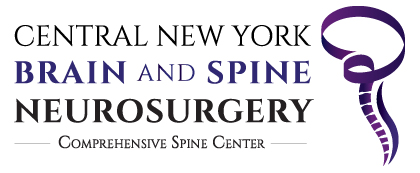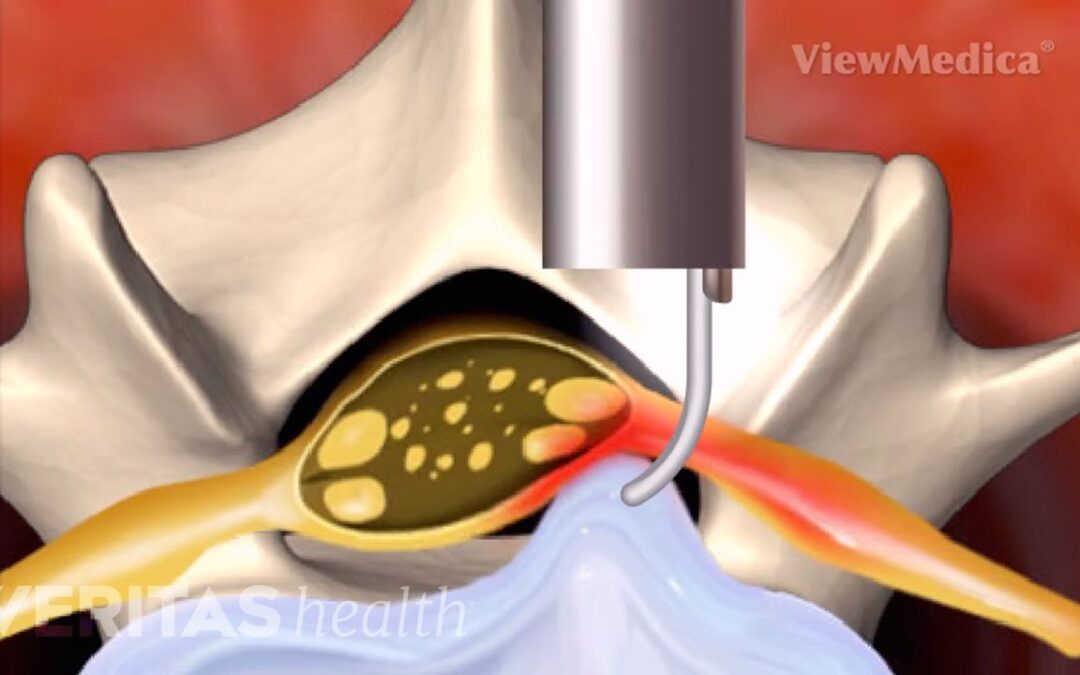We’ve discussed back problems already, but let’s dive even deeper into specific conditions and treatments for conditions. Chances are someone in your life is currently, has or will suffer from a herniated disc. The term of herniated discs is a common condition affecting more people than you think. In fact, according to www.ncbi.nlm.nih.gov › books › NBK441822 the incidence of herniated discs is about 5 to 20 cases per 1000 adults annually and is most common in people in their third to fifth decade of life. The male to female ratio for this condition is 2:1.
Herniated discs come with an enormous amount of discomfort and even debilitating pain that might affect your personal and professional life. Of course, as with any painful condition there are several steps of treatment to try before moving onto the surgical route. But if you’ve worn out all options and your symptoms can’t be controlled there are surgical options that are not invasive.
At CNY Spine and Brain, we can offer several Endoscopic procedures including the Endoscopic lumbar discectomy specifically for herniated disc pain. Endoscopic discectomy, a common type of endoscopic spinal surgery, is a minimally invasive surgical procedure used to remove herniated disc material that is causing pain in the lower back and legs (lumbar), mid back (thoracic), or neck and arms (cervical). Our surgeons at Central New York Brain and Spine Neurosurgery specializes in performing minimally invasive endoscopic discectomy procedures.
The procedure of Endoscopic lumbar discectomy allows us to treat a herniated disc in a more safe, gentle and preserves more tissue versus other traditional procedures. A brief overview of endoscopic lumbar discectomy is under local anesthesia an endoscope is inserted through a small incision in the skin. This scope is pushed through to the site of the herniated disc. After locating the proper placement, the injured disk tissue is then removed under sight control; in some cases, it’s able to be shrunk through the aid of a special enzyme. By only removing the damaged disc tissue without touching the surrounding structures such as bones, ligaments or muscles this ensures less risk of both instability and any growth of scar tissue. As with any condition each surgery and treatment plan are crafted and managed on a case by case basis. You’ll be an integral part to every discussion to make sure you are comfortable with each step.
You may be asking why would I choose endoscopic over conventional, how do they compare? With conventional the patient is in full anesthesia, whereas with endoscopic it can be performed with a combination of local and concomitant sedation. While not typical, conventional has a danger of nerve damage. The incisions are noticeably smaller in endoscopic (7mm as compared to 4-8 cm). There is very little growth of scar tissue as the prolapsed disc tissue is removed, and your chance of recurrence is very low. One other major benefit of endoscopic versus conventional would be less waiting time to get your surgery scheduled. Surgeries such as these can require a long waiting time. That means more time in pain, being uncomfortable whereas with endoscopic it can be scheduled relatively quickly! With lower pain and a faster recovery (not in a hospital), and less waiting time in pain it’s clear why patients tend to lean towards this option.
Another important question that you’ll want to discuss is your recovery timeline. As we mentioned before this is a rather quick procedure lasting from 30-45 minutes from start to finish. Your incision (entrance point) is covered with a small patch and then onto recovery. You’ll be monitored for 2-3 hours in the recovery room and if you pass initial evaluation, you’ll be sent home. There will be several follow ups necessary including the same day after surgery and for a period of three months. It is crucial that you continue the care and follow ups that are discussed as to heal quickly, and more importantly not risk reverting into other damage. You’ll be able to participate in exercise/sports within 6 weeks and can return to work in about two. Success rates are around 90-95%.
CNY Spine and Brain gives an overview of the Endoscopic Lumbar Discectomy (and many others) on our website at: https://cnybrainandspine.com/treatments/. After you read through, pop on over to our team page and read about the team that will be working with you through this whole process. The bottom line is we are here for you!
Does Endoscopic Lumbar Discectomy sound like something you might be thinking about, but just aren’t convinced? At CNY Brain & Spine we don’t want you to live in pain and want to work with you to ease your pain. If you do decide to move forward with endoscopic disc surgery our team and surgeons at Central New York Brain and Spine Neurosurgery specialize in performing this procedure. We are focused on finding the best possible solution to the issue or pain you are experiencing.

